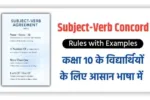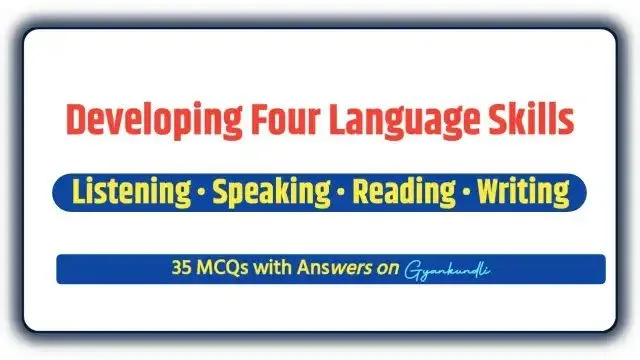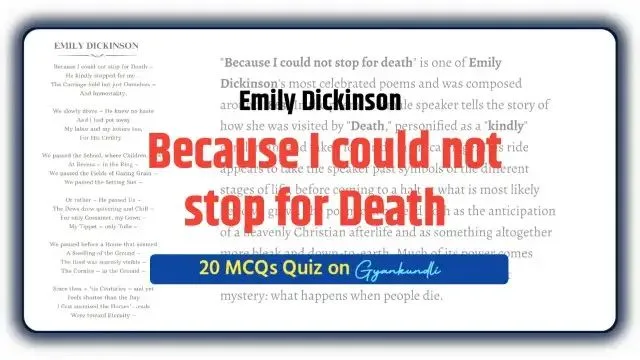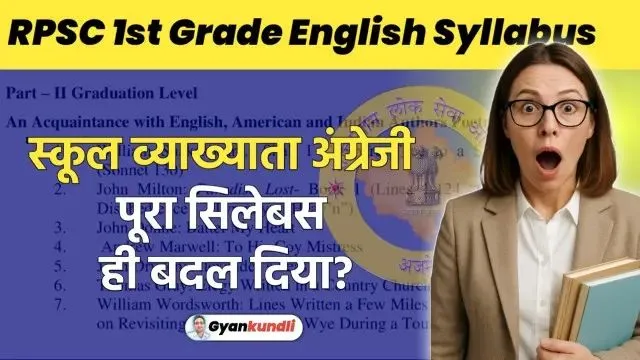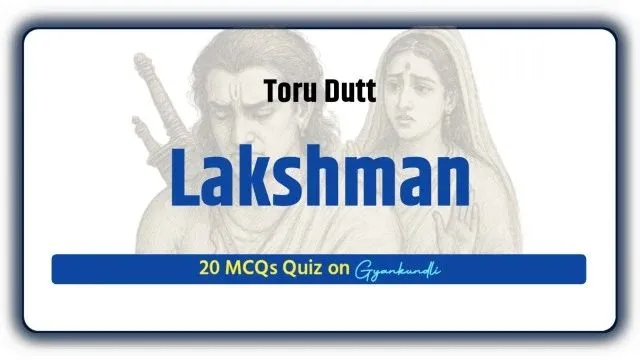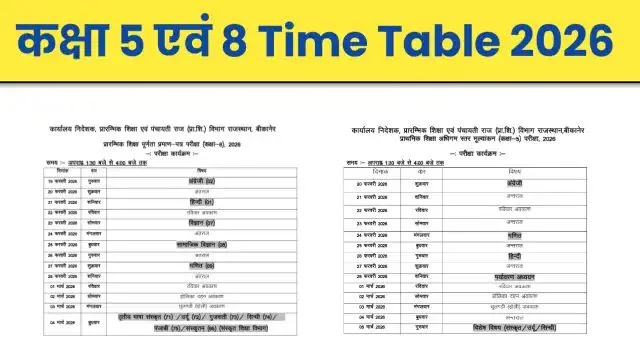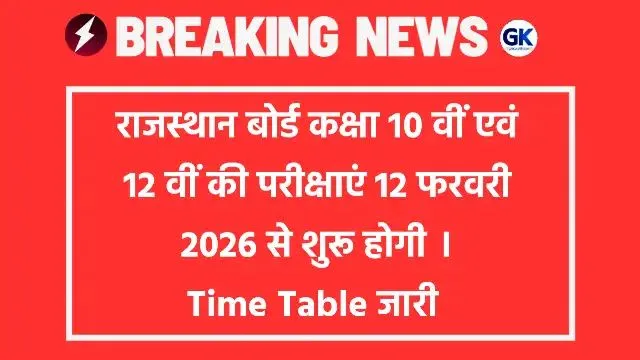Verb Patterns
In English grammar, verb patterns help us understand how verbs are used in a sentence. A verb pattern shows the correct structure we must follow after a verb—like using a noun, pronoun, gerund, infinitive, or a full clause. These 25 verb patterns were given in the Guide to Patterns and Usage in English : and are used in spoken and written English.
Verb patterns are divided into two types:
- Intransitive Verb Patterns (Verb Pattern 1 to Verb Pattern 5) – Verbs that do not take a direct object.
- Transitive Verb Patterns (Verb Pattern 6 to Verb Pattern 25) – Verbs that take one or more objects.
For example:
- “She cried loudly.” (intransitive verb – Verb Pattern 2A)
- “He gave her a gift.” (transitive verb – Verb Pattern 12A)
These verb patterns are very important for RPSC 2nd Grade English Exam. By learning them, students can write grammatically correct sentences and improve their English communication.
Summary of Verb Patterns
Patterns 1–5 are of verbs used intransitively. Patterns 6–25 are of verbs used transitively.
Abbreviations used in these patterns : S = subject; vi = intransitive verb; vt = transitive verb; D O = direct object; I O = indirect object.
Verbs and Verb Patterns
| Pattern | Structure |
|---|---|
| [Verb Pattern 1] | S + BE + subject complement/adjunct |
| [Verb Pattern 2A] | S + vi |
| [Verb Pattern 2B] | S + vi + (for) + adverbial adjunct |
| [Verb Pattern 2C] | S + vi + adverbial adjunct |
| [Verb Pattern 2D] | S + vi + adjective/noun/pronoun |
| [Verb Pattern 2E] | S + vi + present participle |
| [Verb Pattern 3A] | S + vi + preposition + noun/pronoun |
| [Verb Pattern 3B] | S + vi + (preposition (+ it)) + clause |
| [Verb Pattern 4A] | S + vi + to-infinitive |
| [Verb Pattern 4B] | S + vi + to-infinitive |
| [Verb Pattern 4C] | S + vi + to-infinitive |
| [Verb Pattern 4D] | S + SEEM/APPEAR + (to be) + adjective/noun |
| [Verb Pattern 4E] | S + SEEM/APPEAR/HAPPEN/CHANCE + to-infinitive |
| [Verb Pattern 4F] | S + BE + to-infinitive |
| [Verb Pattern 5] | S + anomalous finite + infinitive |
| [Verb Pattern 6A] | S + vt + noun/pronoun |
| [Verb Pattern 6B] | S + vt + noun/pronoun |
| [Verb Pattern 6C] | S + vt + gerund |
| [Verb Pattern 6D] | S + vt + gerund |
| [Verb Pattern 7A] | S + NEED/WANT/BEAR + gerund (passive meaning) |
| [Verb Pattern 7B] | S + vt + (not) + to-infinitive |
| [Verb Pattern 7C] | S + HAVE/OUGHT + (not) + to-infinitive |
| [Verb Pattern 8] | S + vt + interrogative pronoun/adverb + to-infinitive |
| [Verb Pattern 9] | S + vt + that-clause |
| [Verb Pattern 10] | S = vt + dependent clause/question |
| [Verb Pattern 11] | S + vt + noun/pronoun + that-clause |
| [Verb Pattern 12A] | S + vt + noun/pronoun (I O) + noun/pronoun + (D O) |
| [Verb Pattern 12B] | S + vt + noun/pronoun (I O) + noun/pronoun (D O) |
| [Verb Pattern 12C] | S + vt + noun/pronoun + noun/pronoun |
| [Verb Pattern 13A] | S + vt + noun/pronoun (D O) + to + noun/pronoun |
| [Verb Pattern 13B] | S + vt + noun/pronoun (D O) + for + noun/pronoun |
| [Verb Pattern 14] | S + vt + noun/pronoun (D O) + preposition + noun/pronoun |
| [Verb Pattern 15A] | S + vt + noun/pronoun (D O) + adverbial phrase |
| [Verb Pattern 15B] | S + vt + noun/pronoun (D O) + adverbial particle S + vt + adverbial particle + noun/pronoun (D O) |
| [Verb Pattern 16A] | S + vt + noun/pronoun (D O) + to-infinitive |
| [Verb Pattern 16B] | S + vt + noun/pronoun (D O) + as/like/as if + noun/clause |
| [Verb Pattern 17A] | S + vt + noun/pronoun + (not) + to-infinitive |
| [Verb Pattern 17B] | S + vt + noun/pronoun + (not) + to-infinitive |
| [Verb Pattern 18A] | S + vt + noun/pronoun + infinitive |
| [Verb Pattern 18B] | S + vt + noun/pronoun + infinitive |
| [Verb Pattern 18C] | S + HAVE + noun/pronoun + infinitive |
| [Verb Pattern 19A] | S + vt + noun/pronoun + present participle |
| [Verb Pattern 19B] | S + vt + noun/pronoun + present participle |
| [Verb Pattern 19C] | S + vt + noun/pronoun/possessive + -ing form of the verb |
| [Verb Pattern 20 ] | S + vt + noun/pronoun + interrogative + to-infinitive |
| [Verb Pattern 21] | S + vt + noun/pronoun + dependent clause/question |
| [Verb Pattern 22] | S + vt + noun/pronoun (D O) + adjective |
| [Verb Pattern 23A] | S + vt + noun/pronoun (D O) + noun (object complement) |
| [Verb Pattern 23B] | S + vt + noun/pronoun (I O) + noun (subject complement) |
| [Verb Pattern 24A] | S + vt + noun/pronoun (D O) + past participle |
| [Verb Pattern 24B] | S + HAVE + noun/pronoun (D O) + past participle |
| [Verb Pattern 24C] | S + HAVE/GET + noun/pronoun (D O) + past participle |
| [Verb Pattern 25] | S + vt + noun/pronoun (D O) + (to be) + adjective/noun |
Read the source book in PDF : Guide to Patterns and Usage in English
Quiz on Verb Patterns
Discover more from Gyankundli
Subscribe to get the latest posts sent to your email.







